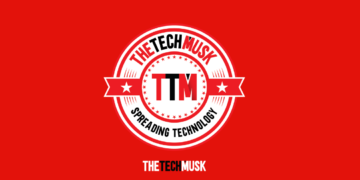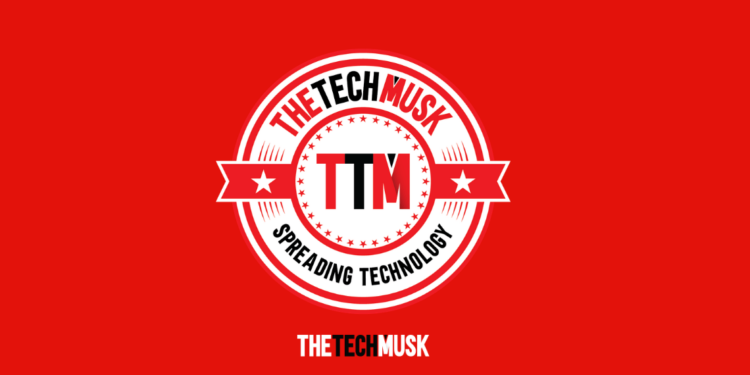World Backup Day has raised awareness of the crucial role of data in all aspects of our lives and highlighted the importance of safeguarding and preserving our valuable digital assets and information. As organizations strive to protect against data loss, executives from Hammerspace, Cerabyte, Arcitecta, and the Active Archive Alliance share their insights and perspectives on this relevant and significant topic below.
Rich Gadomski, Co-Chairperson of the Active Archive Alliance
“Effective data management software can help organizations not only optimize storage and backup but also enhance cybersecurity. By moving inactive data onto active archive media, organizations reduce the risk of malware infecting their primary storage. Media technologies, such as tape, offer powerful, easy-to-deploy air-gap defenses where IT personnel can establish a literal separation from any online path to prevent unauthorized electronic access.
For many data centers, the archive copy is often the only copy of archival data exposing it in the case of a data loss event. Since the business value of untapped archival data is increasing, especially with the rapid rise of AI, creating a second, secure air-gapped copy in a different geographic location will soon become a standard data protection strategy. Storage administrators often leverage the 2-1-1 Archive Strategy for backup, recovery, and disaster recovery to protect their primary archival storage:
- Create a second (2) archival copy of the data
- Ensure at least one (1) of the copies is stored at a different physical location
- Store at least one (1) of the copies offline
While cybersecurity software serves as a first line of defense against malware, organizations must always be prepared for the possibility of a successful attack. As massive data growth expands the attack surface, having a robust data protection and backup strategy is essential to ensure your data assets remain secure, protected, and recoverable.”
Jason Lohrey, CEO and Founder of Arcitecta
“It’s estimated that there will be more than 180 zettabytes of data in the world by the end of 2025. With the scale of data continually growing, making it secure and resilient is becoming harder to achieve. How do organizations backup hundreds of petabytes of data? The answer is they don’t, with traditional backup, and that’s precarious. Vulnerabilities scale with data growth: corruption, malware, accidental deletion, mysteries, and the list goes on. Furthermore, the time it takes to find lost data with traditional backup systems increases with the amount of backup data stored. IT departments are constantly pulled into the task of data recovery. Data resilience for trillions of datums, and instant, self-serve data recovery is not possible with backup as we know it.
The process of recovery is not what it should be – it’s tedious and slow. Traditional backup works by scanning a file system to find and create copies of new and changed files. The problem is scanning takes longer as the number of files grows – so much so that it’s becoming impossible to complete scans within a reasonable time frame. They usually run during the night when systems are likely to be less volatile. The process occurs at set intervals, which means any change before the next scan will be lost if there’s a system failure. Traditional backup cannot and does not meet the objective of zero data loss.
New approaches are emerging that enable continuous data availability as a strong first line of defense against cyber threats, enabling organizations to recover compromised data easily and almost instantly. Continuous data availability is a game-changing form of protection that actively records every significant change in real-time for every file so a user can go back to any point in time to retrieve data – easily and without the assistance of IT. This approach merges the file system and backup as one entity. As a result, every change in the file system can be recorded as it happens, making it seamless to retrieve lost or deleted data, regardless of when it existed and across the entire time continuum. Organizations will increasingly leverage continuous data availability technology to protect data from loss and cyber threats.”
Martin Kunze, co-founder and CMO of Cerabyte
“In a world where every digital moment carries weight, World Backup Day is more than a reminder to protect our files – it’s a call to safeguard the digital legacy that shapes our era and our society. True data preservation isn’t just about storage; it’s about ensuring that today’s knowledge, culture, and discoveries remain accessible for generations to come.
Information is the spine of our society, and it is threatened more than ever. Preserving this legacy demands more than traditional backup methods. It requires a future-proof strategy that resists degradation, overcomes obsolescence, and guarantees permanent access. This isn’t just about saving data. It’s about securing digital immortality.”
Molly Presley, SVP of Global Marketing of Hammerspace
“The importance of automation in protecting and backing up data across a company’s global infrastructure is increasing with the rise of cyber-attack threats, data breaches, and unrelenting data growth, underscoring automation’s crucial role in data management and cybersecurity.
Managing vast unstructured data across diverse storage systems, multiple global locations, and cloud platforms requires considerable effort and resources. Relying on manual processes is increasingly time-consuming and risky, exposing critical data to human error and missed backups.
By implementing global-level data protection services, organizations will defend global datasets and maximize their value through automated policies. As organizations become increasingly driven by artificial intelligence, where data is essential to accurate analysis and drive informed decisions and innovative breakthroughs, automation is becoming indispensable.
Automated data protection policies bolster enforcement across distributed geographies, strengthening an organization’s data resiliency and business continuity. They also enable organizations to manage their global data environments and maintain the efficacy of their AI systems and data pipelines.
A streamlined, policy-driven data management approach can transform how organizations manage and protect data by distinguishing newly created data, ensuring global data protection across distributed locations, automating data copy creation controls and services, and enforcing compliance with corporate governance standards.”




















